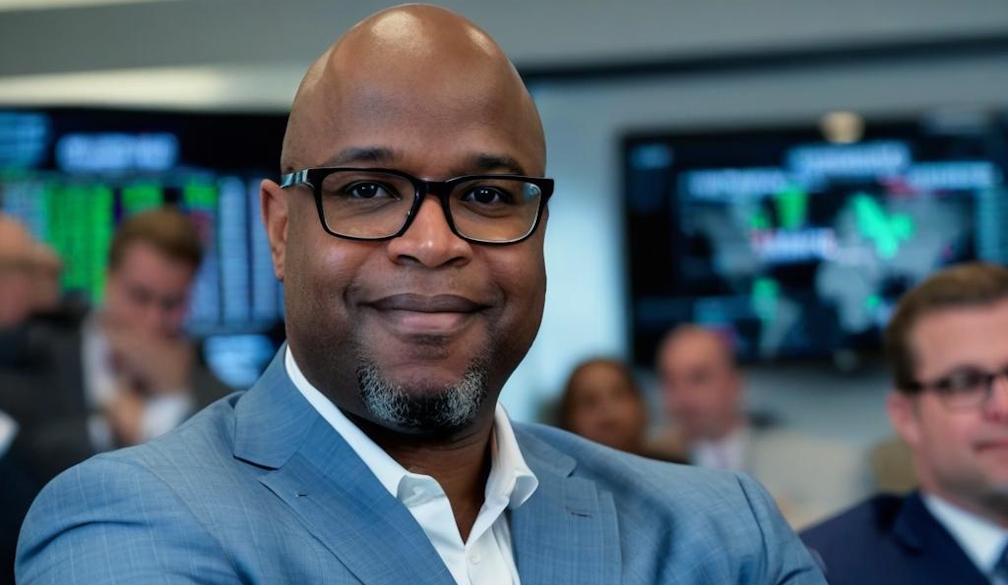5 Things Leaders Think They Are Doing Right, But They Are Actually Doing It All Wrong
- Written by Mick Hunt

Leadership comes with its fair share of assumptions. Many leaders believe they are making the right calls, managing their teams effectively, and fostering innovation—only to later realize they’ve been doing it wrong all along. The truth is, the road to leadership success is filled with misconceptions. What you think is working might be the very thing holding you back.
In today’s fast-evolving business landscape, leadership isn’t just about doing things the way they’ve always been done. It’s about evolving, challenging assumptions, and embracing a mindset that pushes the boundaries of what great leadership can be. Let’s break down five things leaders often think they’re doing right, but are actually getting all wrong.
1. Delegating Tasks Without Empowering People
What They Think They’re Doing Right: Leaders often believe that delegating tasks to their teams is a sign of effective leadership. By handing off responsibilities, they feel they are empowering their team members and creating a culture of ownership.
What They’re Actually Doing Wrong: Simply passing off tasks without giving people the authority, tools, and support to make decisions is not delegation—it’s micromanagement in disguise. When leaders delegate without empowering their team, they are setting their employees up for failure or mediocrity. Teams need not only clear tasks but also the freedom to approach problems creatively and the trust to make decisions.
"Delegation without empowerment is just another form of control. True leaders give their people the autonomy to succeed on their own terms." — Mick Hunt
The Fix: Instead of just assigning tasks, assign ownership. Make it clear to your team that they have the authority to make decisions and that their ideas are valued. Encourage creative problem-solving, and trust your team to execute the tasks in the way they see fit.
2. Prioritizing the Bottom Line Over People
What They Think They’re Doing Right: Many leaders believe that focusing intensely on profits, revenue growth, and the bottom line is their number one responsibility. After all, a company’s success is measured in financial terms, right?
What They’re Actually Doing Wrong: Prioritizing profits over people is one of the quickest ways to erode a company's culture and long-term viability. Employees are not simply tools to achieve financial success; they are the lifeblood of your organization. When leaders focus solely on metrics and numbers, they lose sight of the people who make those results possible. Over time, this leads to disengagement, high turnover, and ultimately, declining performance.
The Stats Behind the Myth: According to a Gallup study, companies with highly engaged workforces outperform their competitors by 147% in earnings per share. Focusing on people isn’t just the right thing to do—it’s the smart thing to do.
The Fix: Reframe your focus. While the bottom line matters, you need to shift your mindset to a people-first approach. Invest in your employees' development, well-being, and job satisfaction. A company that values its people will see long-term growth that goes beyond quarterly profits.
3. Solving Problems Instead of Coaching Solutions
What They Think They’re Doing Right: Many leaders take pride in being problem-solvers. When a challenge arises, they step in and provide the solution. They believe this is what good leaders do—lead by example and take charge when necessary.
What They’re Actually Doing Wrong: By constantly solving problems for your team, you’re teaching them to be dependent on you rather than empowering them to think critically and develop their own problem-solving skills. Over time, this creates a culture of dependency where team members look to leadership for answers instead of thinking for themselves.
"Leaders don’t need to have all the answers—they need to teach their teams how to find them." — Mick Hunt
The Fix: Shift from being a problem-solver to a coach. Instead of providing the solution every time, ask questions that guide your team toward finding their own answers. Encourage them to develop the confidence and critical thinking skills necessary to solve problems independently. The best leaders coach their teams to be resourceful, not reliant.
4. Avoiding Conflict to Preserve Harmony
What They Think They’re Doing Right: Many leaders believe that avoiding conflict is essential to maintaining a peaceful and productive work environment. By steering clear of tough conversations, they think they are keeping the team focused and harmonious.
What They’re Actually Doing Wrong: Avoiding conflict doesn’t preserve harmony—it creates a toxic environment where unresolved issues fester and grow. When leaders shy away from addressing difficult situations, it sends the message that problems should be ignored rather than solved. Over time, this leads to deeper divisions within the team and erodes trust.
The Stats Behind the Myth: A study from CPP Inc. found that 85% of employees deal with conflict on some level, and unresolved conflict costs businesses $359 billion annually in lost productivity. The cost of avoiding conflict is far greater than the discomfort of addressing it head-on.
The Fix: Embrace constructive conflict. Don’t shy away from difficult conversations—lean into them. Approach conflict as an opportunity for growth and improvement, not as something to be avoided. By fostering a culture of open communication and accountability, you can resolve issues before they spiral out of control.
5. Leading from the Front, Not Alongside
What They Think They’re Doing Right: Traditional leadership often glorifies the image of the leader out in front, leading the charge. Many leaders believe that being at the forefront of every initiative shows strength, decisiveness, and vision.
What They’re Actually Doing Wrong: Leading from the front can sometimes isolate leaders from their teams. It creates a hierarchy where the leader is always seen as separate or above the rest of the group, making it harder to build trust and collaboration. Real leadership is about being in the trenches with your team, working alongside them, and understanding their challenges firsthand.
"A leader who walks in front sees only the path ahead. A leader who walks alongside sees the team’s potential." — Mick Hunt
The Fix: Stop leading from the front and start leading from within. Be present with your team, involve yourself in their day-to-day struggles and victories, and work to create a culture of shared responsibility. Leaders who walk alongside their teams are far more effective at building trust, fostering innovation, and driving success.
Actionable Steps for Leaders
So how do you start doing things right instead of getting them wrong? Here are some immediate actions you can take to realign your leadership approach:
-
Empower Your Team: Don’t just assign tasks—assign ownership. Make sure your team has the authority and support to succeed on their own terms.
-
Focus on People First: Your bottom line is important, but your people are more important. Invest in their growth, well-being, and development to see long-term success.
-
Become a Coach, Not a Problem-Solver: Teach your team to think critically and solve their own problems. Guide them to solutions rather than handing them the answers.
-
Address Conflict Head-On: Don’t avoid tough conversations. Embrace them as opportunities for growth and resolution. Your team will respect you more for it.
-
Lead from Within, Not From the Front: Be in the trenches with your team. Understand their challenges, celebrate their successes, and work together to achieve the vision.
The New Era of Leadership
We’re in a new era of leadership, one that requires a different approach from the traditional, top-down methods that have dominated in the past. It’s not enough to assume that because you’re a leader, you’re doing things right. Leadership requires constant evaluation, evolution, and adaptation.
The real secret to leadership isn’t about doing things the way they’ve always been done—it’s about challenging yourself and your assumptions. By shifting your mindset, embracing a new approach, and focusing on empowering your people, you can lead with purpose and effectiveness in this ever-changing landscape.
Closing Thoughts: Leadership is a journey of growth, not perfection. It’s about learning, adapting, and constantly improving. The leaders who succeed are the ones who are willing to admit when they’re wrong, change course, and do better. Start questioning what you think you’re doing right—and you’ll be on the path to becoming a more impactful leader.
“Leadership isn’t about being right—it’s about doing what’s right for your team, your vision, and your future.” — Mick Hunt
Follow Mick:
YouTube


